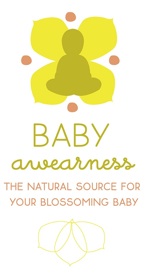I come to you with a hidden laundry secret, particularly for my cloth diapering mamas.
Wool dryer balls will save you time and money.
These seemingly simple little balls reduce drying time, are safe to use (all natural fibers also make them antimicrobial and they can be safely scented too!) and will help you keep your diapers longer because the less time they are exposed to the high heat of a dryer the longer they last. That time you save also cuts the electricity you use so, bonus savings! They have also been shown to naturally soften your clothes and diapers without chemicals and reduce static.
So how do they work?
They work by improving the circulation and air and heat in the dryer. Unlike the plastic ones you may have seen, these are quiet and chemical free, they have no rough surface bumps to catch on your clothes and the natural fibers of wool reduces any unpleasant smells too. Just toss a few in with your clothes or diapers and let them work their magic! The more you throw in the bigger the savings but the makers recommend you start with four in each load.
You can find these amazing dryer balls at Baby Awearness of course, and I highly recommend them to any cloth diapering mamas because they really will help your diapers live a little longer. After a while PUL that has been washed and dried on high temperatures will start to wear out, or the aplix will start to curl and need replaced, these are normal in the life of a diaper but this is a simple, effective way to reduce that wear and tear.
As far as a sustainable living choice, you don't have to have a baby in diapers to benefit from these little laundry savers because the same magic works for your clothes. If you're concerned about the environment the decrease in the use of electricity is great and since they're made of wool and not plastic they are less harmful to produce (plus sheep can grow more wool). Less time spent waiting on laundry or buying new clothing, less static and softer clothes with no chemicals and more money in your pocket is a good thing for any family!




















